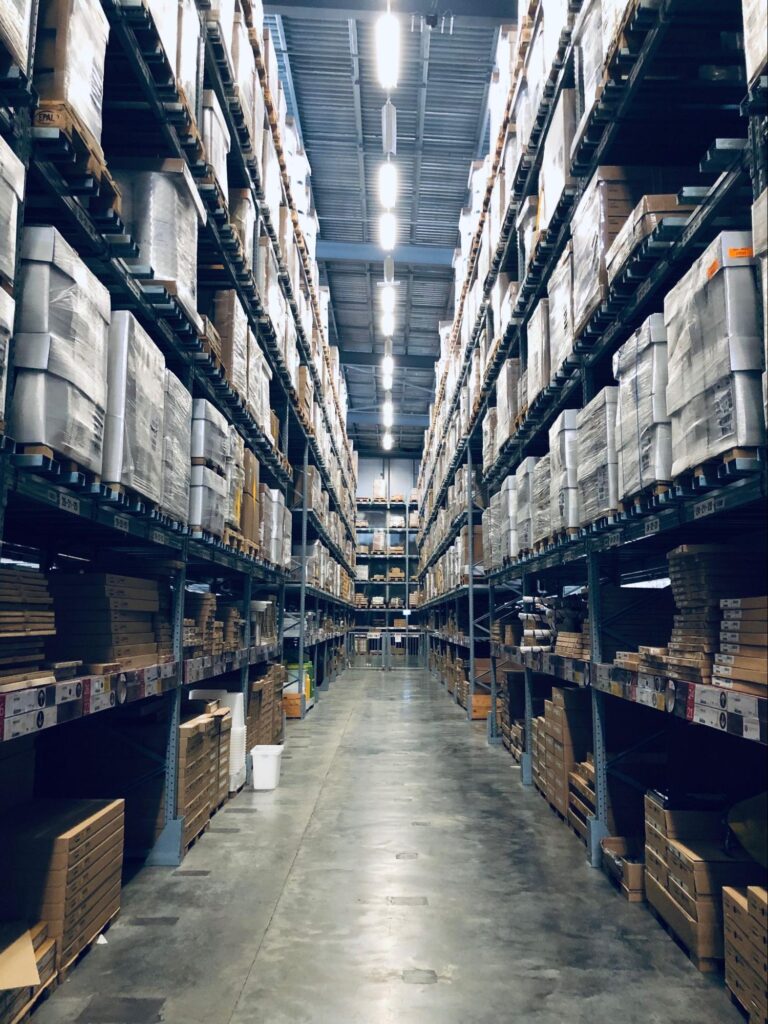How to Handle Amazon Quantity Limits in 2022

Amazon updated the limitations placed on sellers in 2020 from being a restriction on ASIN levels to a focus on storage space. If you’re a seller on the marketplace, you’ve likely already realized this but you may not know exactly what determines these limits or how to handle them. As such, we wanted to go […]



